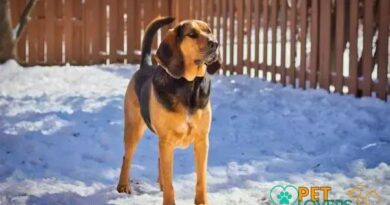What is dog exercise routine
Understanding Dog Exercise Routines
When we talk about a dog exercise routine, we refer to a structured plan that outlines the physical activities your dog engages in regularly. This routine is essential for maintaining your dog’s physical health, mental stimulation, and overall well-being. A well-rounded exercise routine can help prevent obesity, reduce behavioral issues, and promote a happy, healthy life for your furry friend.
The Importance of Regular Exercise
Regular exercise is crucial for dogs of all breeds and sizes. It helps to burn off excess energy, which can lead to a calmer and more content pet. Dogs that do not get enough exercise may exhibit destructive behaviors, such as chewing furniture or excessive barking. By establishing a consistent exercise routine, you can help mitigate these issues and foster a stronger bond with your dog.
Types of Exercises for Dogs
There are various types of exercises that can be incorporated into a dog exercise routine. These include walking, running, playing fetch, swimming, and even agility training. Each type of exercise offers unique benefits and can cater to different energy levels and physical capabilities of dogs. It’s essential to choose activities that your dog enjoys to keep them motivated and engaged.
How Much Exercise Does Your Dog Need?
The amount of exercise your dog needs depends on several factors, including their age, breed, and health status. Generally, most dogs require at least 30 minutes to 2 hours of exercise each day. Puppies and high-energy breeds may need more vigorous activities, while older or less active dogs may benefit from gentler walks or play sessions. Always consult with your veterinarian to determine the appropriate exercise level for your dog.
Creating a Balanced Exercise Routine
A balanced dog exercise routine should include a mix of aerobic activities, strength training, and mental stimulation. Aerobic exercises, such as running or playing fetch, help improve cardiovascular health. Strength training can involve activities like climbing stairs or using resistance bands. Additionally, incorporating mental challenges, such as puzzle toys or obedience training, can keep your dog mentally sharp and engaged.
Signs Your Dog Needs More Exercise
Recognizing when your dog needs more exercise is vital for their health. Signs may include excessive barking, destructive behavior, hyperactivity, or weight gain. If you notice these behaviors, it may be time to reassess your dog’s exercise routine and increase their activity levels. Regularly monitoring your dog’s behavior can help you determine if adjustments are necessary.
Safety Tips for Dog Exercise
When planning your dog’s exercise routine, safety should always be a priority. Ensure that your dog is properly leashed during walks, especially in busy areas. Be mindful of the weather conditions, as extreme heat or cold can be harmful to your dog. Always carry water for hydration during outdoor activities, and consider your dog’s physical limitations, especially if they are older or have health issues.
Incorporating Socialization into Exercise
Socialization is an important aspect of a dog’s exercise routine. Engaging with other dogs and people can enhance your dog’s social skills and reduce anxiety. Consider scheduling playdates with other dogs or visiting dog parks where your pet can interact with their peers. This not only provides physical exercise but also promotes mental well-being through social interactions.
Adjusting the Routine as Your Dog Ages
As dogs age, their exercise needs may change. Older dogs may require shorter, more frequent walks rather than long runs. It’s essential to adapt your dog’s exercise routine to accommodate their changing energy levels and physical capabilities. Regular veterinary check-ups can help monitor your dog’s health and ensure that their exercise routine remains appropriate as they age.
Conclusion: The Lifelong Commitment to Exercise
Establishing a dog exercise routine is a lifelong commitment that benefits both you and your pet. By prioritizing regular physical activity, you can enhance your dog’s quality of life, strengthen your bond, and promote a happier, healthier lifestyle. Remember that every dog is unique, so tailor the routine to fit your dog’s specific needs and preferences.




